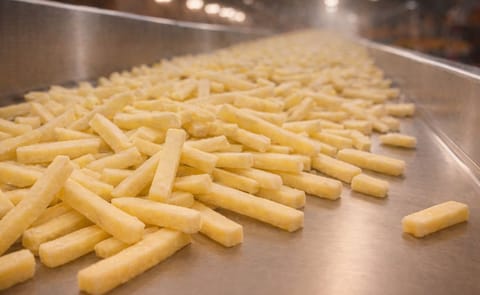There are lots of factors that affect the amount that people eat. It is now well-known that large plates will lead people at a buffet to fill them with more food than small plates and so they end up eating more. Large portion sizes at restaurants cause people to eat more than they would if the portions were smaller. These aspects of the environment are interesting, because people are often unaware that they are being affected by them.
A paper in the October, 2010 issue of the Journal of Consumer Psychology by Adriana Madzharov and Lauren Block adds something else to this list: the number of items shown on the packaging.
Many snack foods show a picture of what the product looks like. A box of chocolate chip cookies will show sample cookies on the front. A bag of pretzels will show pictures of the pretzels. A box of crackers will show the crackers.
The studies in this paper make three main points:
- First, the number of items on the front of the package affects people's judgments of how much food is inside the package. In studies with packages of cookies and animal crackers, people judged that a package had more in it when the package pictured many items on the front than when it had few. So, a package with four cookies on the front was judged to have fewer cookies in it than a package with seven cookies on it. People also judged the portion size to be bigger when there were many items pictured on the package than when there were few.
- Second, when given the chance to actually eat, people ate more food from packages with many items pictured on it than from packages with few items pictured on it. That is, the beliefs that the package has more in it and that the portion size is larger led people to consumer more food.
- Third, this effect was strongest for people who say that they like to think visually.







